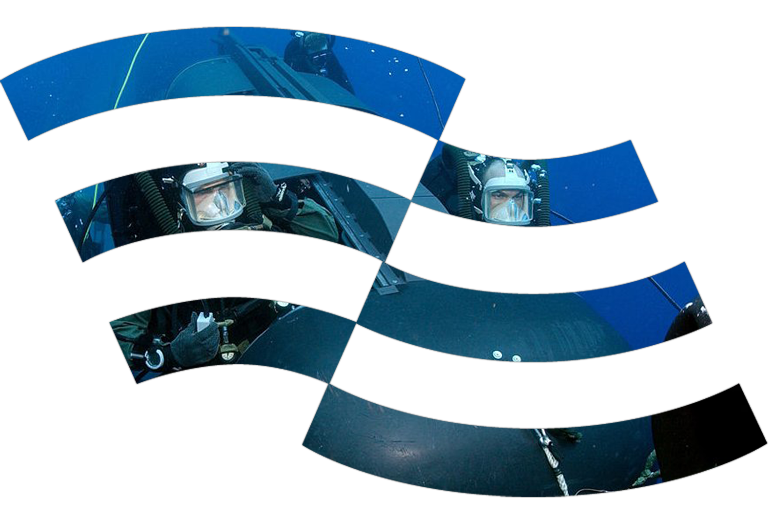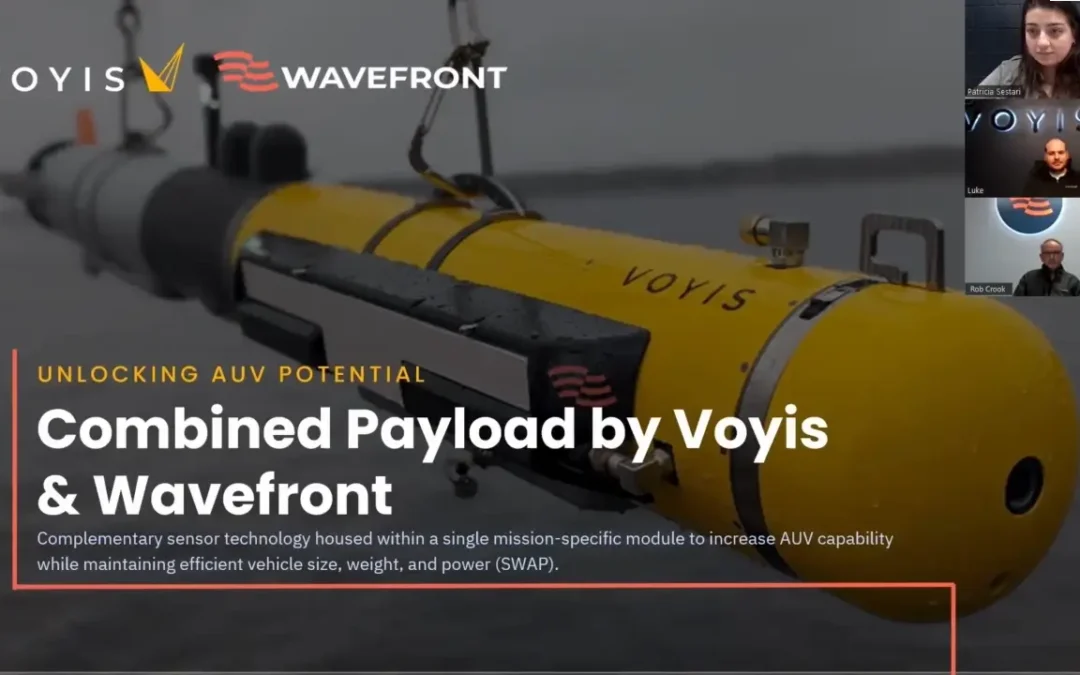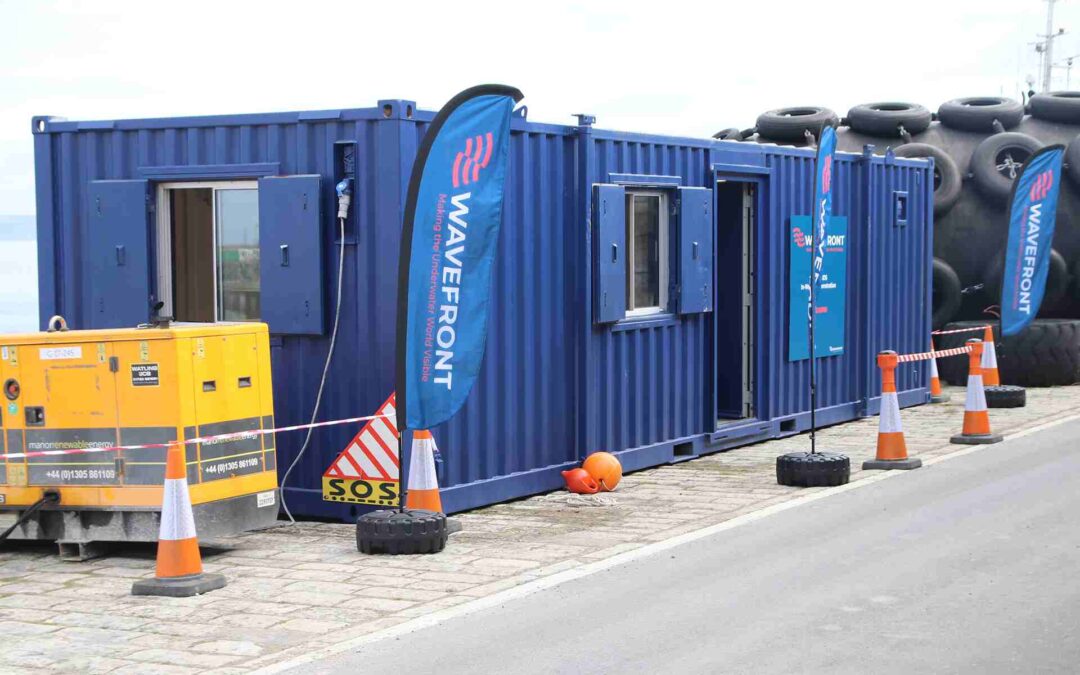
Our Sonar Solutions
Sentinel IDS
Intruder Detection Sonar
Vigilant FLS
Forward Looking Sonar
Solstice MAS
Multi-Aperture Side-Scan Sonar
Sentry IMS
Integrity Monitoring Sonar
World Leading Sonar Specialists
Our Vision
Making the Underwater World Visible
We apply engineering excellence to the problems of underwater detection, imaging and navigation. Our operationally proven industry-leading sonar systems are reliable, easy to use and designed to provide real-world solutions.

Contact us now
If you have high value assets to protect, travel in poorly chartered waters, need underwater imagery or have a need to monitor the integrity of undersea assets then contact us today!



